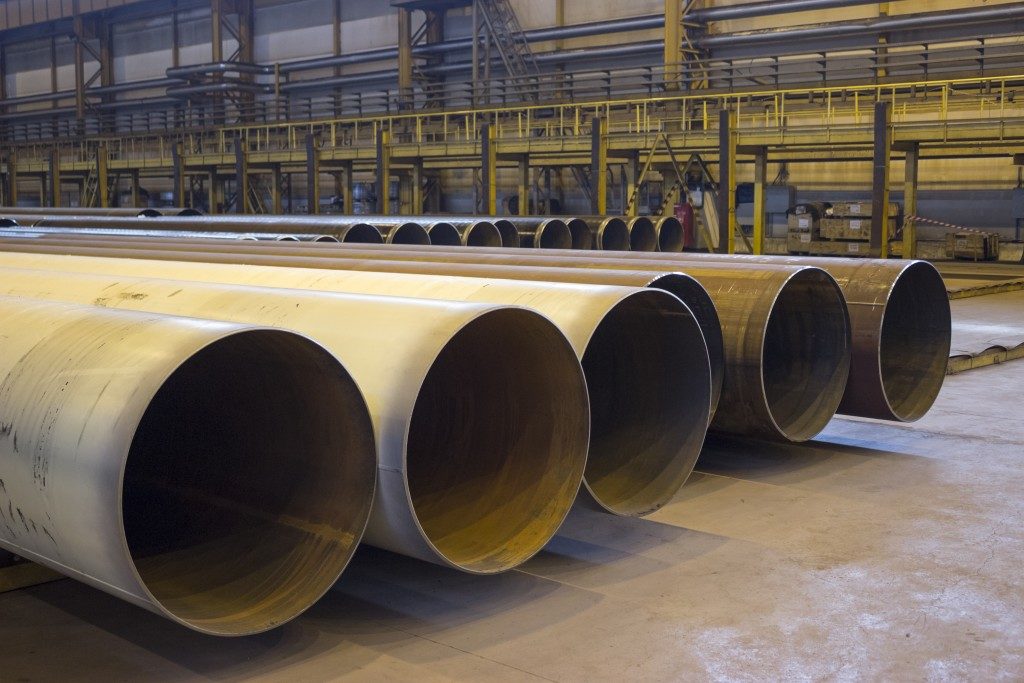Steel pipes are the main ones used for most civil engineering projects. Although there have been various innovations in pipes in recent years, few materials match the durability, corrosion resistance, and high strength that steel offers. Steel pipes are classified in different ways by manufacturers and suppliers. The standard classifications are based on the composition of steel in a pipe and the method of a pipe’s manufacture.
Reputable steel pipe suppliers will have their pipes classified according to two manufacturing methods: welded and seamless. In both processes, raw steel will be made into a workable metal. After this, the metal will either be stretched to make a seamless pipe or made into flat strips and the edges sealed into a welded pipe. Seamless steel pipes have a lower risk of cracking and are stronger than welded pipes since there are no joints along them. The following are the types of manufacturing methods used for seamless steel pipes:
Mandrel Mill Process
Here, a steel billet will be heated to high temperatures in a furnace and a cylindrical hollow produced in it using a rotary piercer and rollers. The outside diameter used for the piercer will be approximately that of a finished pipe’s internal diameter. The hollow steel is then passed on a secondary set of rollers to get the required pipe thickness and exterior diameter. The finished pipes will then be inspected to ascertain that they have met various industry specifications, marked, and packaged.
Mannesmann Plug Mill Process

This process closely resembles the mandrel mill process. Unlike the latter, however, the Mannesmann plug mill process will slowly reduce the pipe’s diameter to get the desired one rather than achieve it in a single pass. As such, more thickness reduction and pipe smoothness are achieved in this process than that in the mandrel mill process.
Extrusion Process
In the extrusion process, a heated round steel billet will be placed in a die. A hydraulic ram will then push the billet against a piercer causing material to flow between the piercer and die. This way, a hollow structure is formed from the billet. If the objective is to produce pipes with a high thickness such as those in high-pressure applications, then the production process ends at this stage. However, if you need thin steel pipes, a manufacturer will reduce the thickness through similar methods as those in the Mannesmann plug and mandrel milling processes to produce it.
Forging Process
Here, a heated steel billet will be placed in a forging die whose diameter is slightly larger than the required one for the pipe. A forging hammer with an inside diameter similar to the die will then be used to create a hole in the billet. The pipe will then be machined to get its final dimensions. Forging is generally used for the production of large-diameter seamless pipes for which other manufacturing methods will not suffice.
Most project managers and engineers would settle for a supplier who quotes the lowest price for their pipes. However, this is not generally the best choice. For your project, get a knowledgeable supplier who can guide you on the best manufacturing process for your project’s seamless steel pipes.
